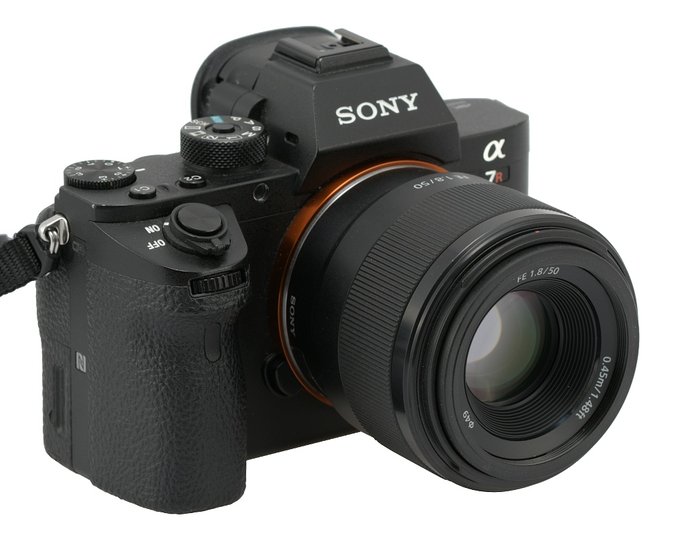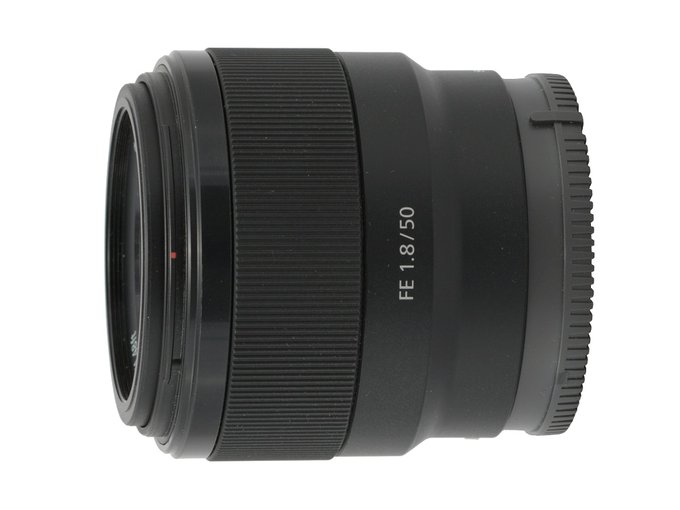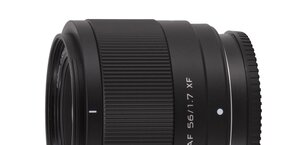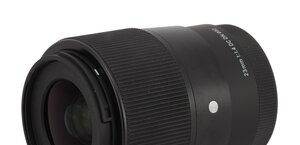Sony FE 50 mm f/1.8
1. Introduction
There have also been A mount classic 50 mm Gauss devices with 6 elements positioned in 5 groups. In 1985 the Minolta AF 50 mm f/1.7 was launched and it was a model offered as long as its producer was a part of the photographic market. After taking over by Sony they launched the Sony DT 50 mm f/1.8 SAM, with a slightly different optical construction. In the following article we presented a comparison between those two devices.
Taking all these facts into account you shouldn’t be surprised that such a lens was added to the mirrorless Sony FE line-up. A simple, proven and reliable construction, its project and implementation don’t need considerable financial outlays and it might be a very useful device in any given system. What’s more, it is also noticeably cheaper than other system primes. In March 2016 the users of mirrorless Sony cameras were given an opportunity to buy the Sony EF 50 mm f/1.8 and we put in on our ‘lenses-to-be-tested’ list right away.
Please Support UsIf you enjoy our reviews and articles, and you want us to continue our work please, support our website by donating through PayPal. The funds are going to be used for paying our editorial team, renting servers, and equipping our testing studio; only that way we will be able to continue providing you interesting content for free. |
- - - - - - - - - - - - - - - - - - - - - - - - - - - - - - - - - - - - - - - - - - - - - - - -
We would like to thank the Polish Sony subsidiary for lending us one specimen for testing purposes.
You are also invited to get acquainted with our test procedure, described in the article "How do we test lenses?" If you feel it’s still not enough, please go to our FAQ section where you can find some further explanation.
 |







